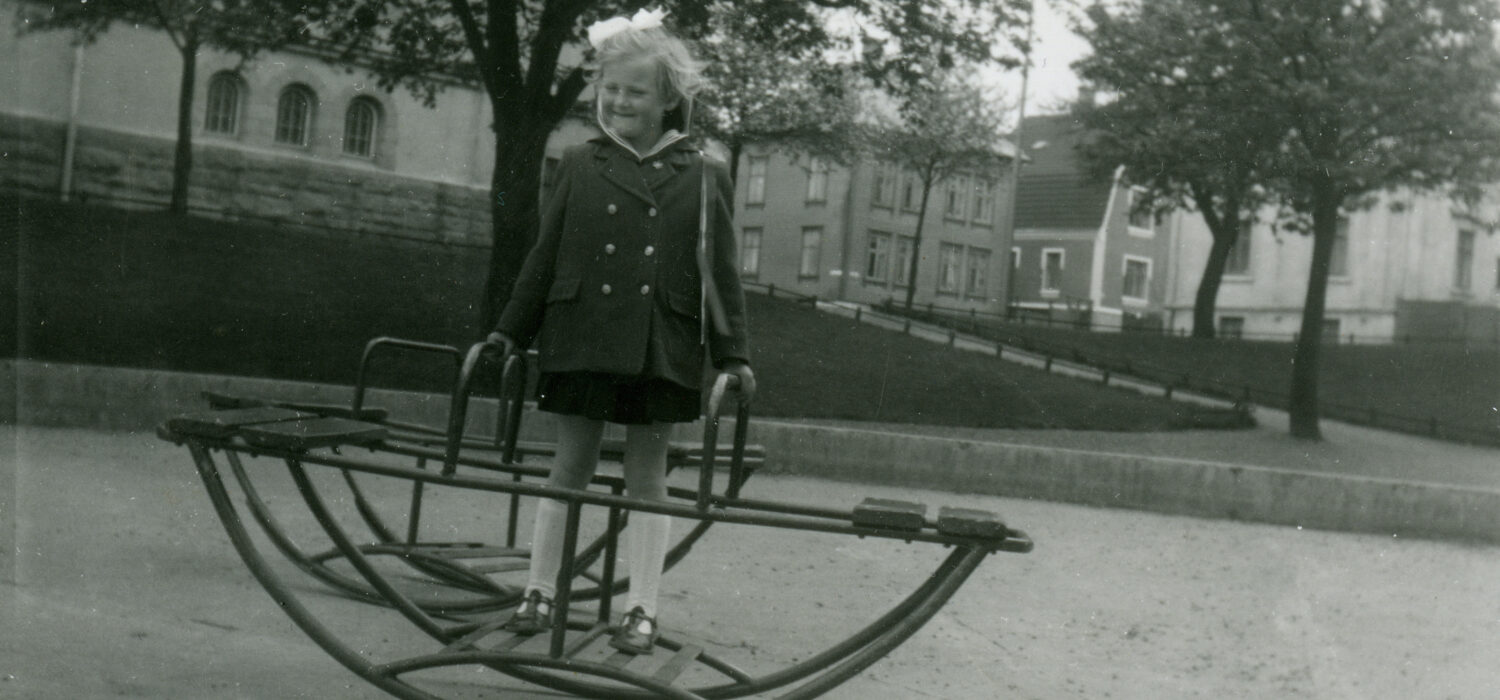Play or Peril?
An article by Trude Eriksen discusses how attitudes to child safety have changed from the inter-war period up to today, and how this has influenced children’s play.
The sharp focus on child safety in today’s society has led to a range of measures to protect children from danger. From having the freedom to go almost anywhere, these days children live a life strongly characterised by parental control. When a seesaw (teeter-totter) and a carousel from the 1960s were removed from a playground and added to the collection of the Norwegian Children’s Museum, the context for their interpretation changed.
There is a huge contrast between children’s upbringing in the inter- and post-war periods – where children were left largely unattended, even at preschool age – and the raising of children today. As museum pieces, the seesaw and carousel demonstrate that shifts in perspectives on child safety are culturally variable. While these types of playground equipment were originally seen as providing alternatives to hazardous play areas, now they are not considered safe enough.
